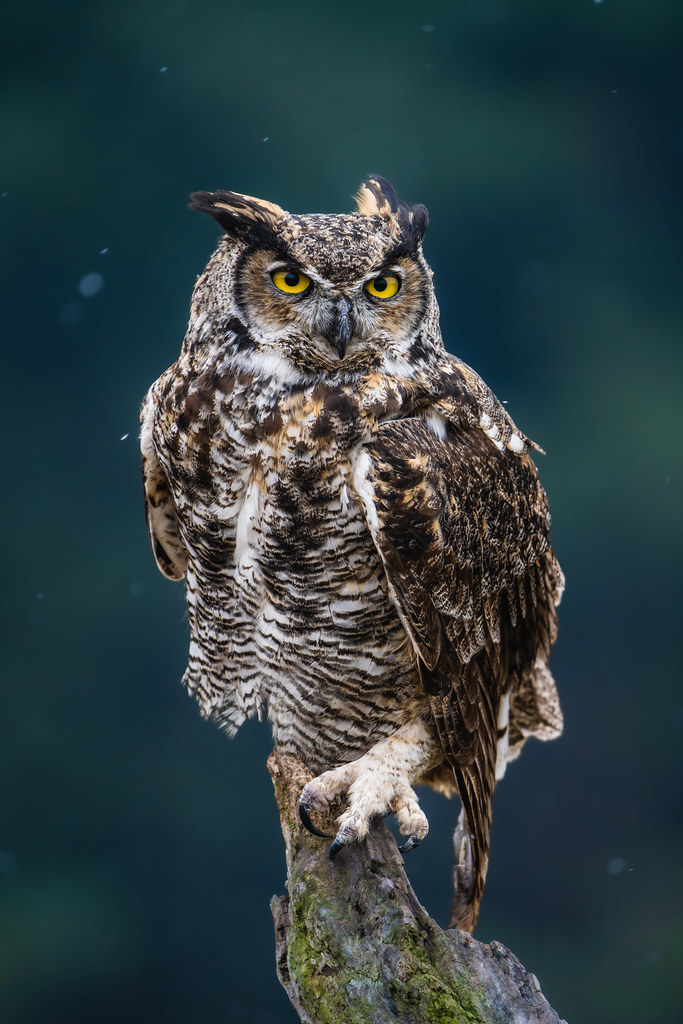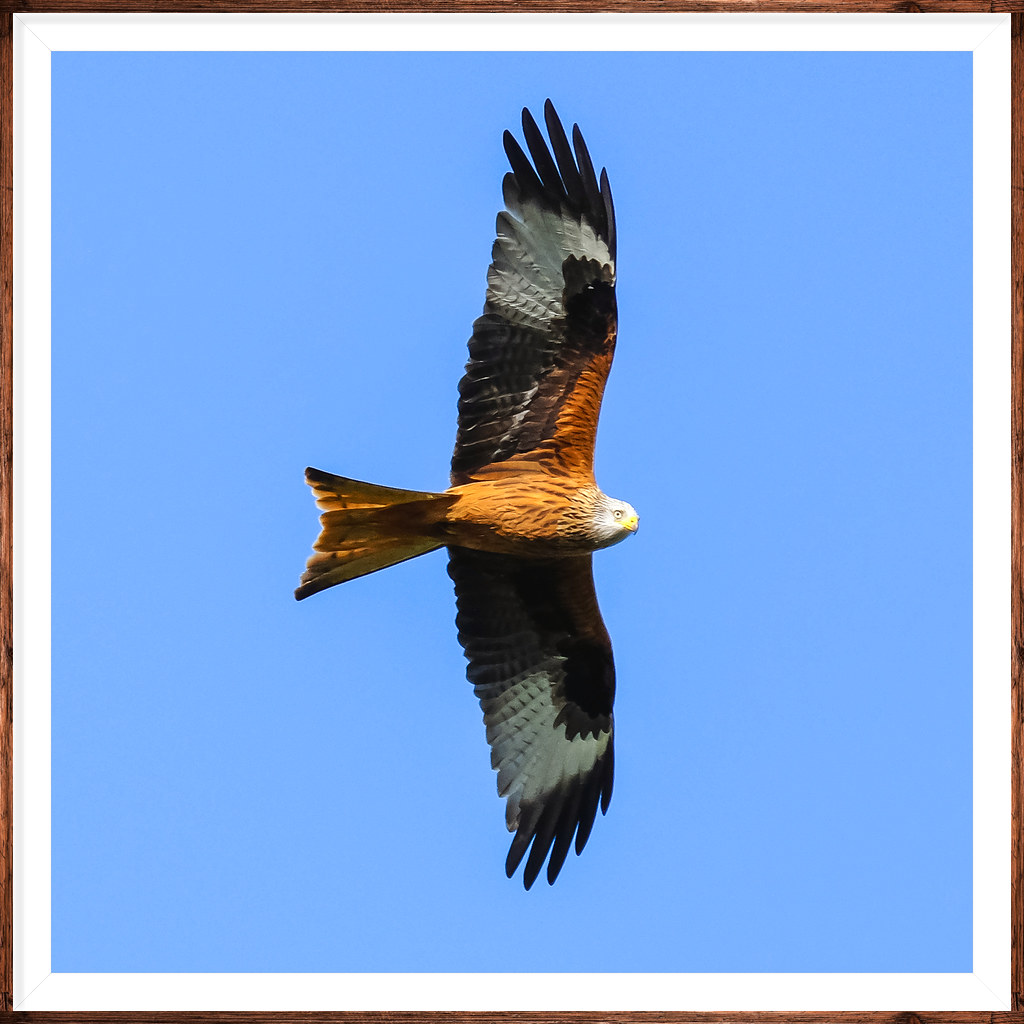#norfolk county
Video
Great Horned Owl by Dave Wong
#Zoo Photography#Owl#North America#Nature#Norfolk County#Wildlife Photography#Road Trip#True owl#Travel#Canada#Bird#Ontario#Great horned owl#Animals#America#Southern Ontario#Canadian Raptor Conservancy#Vittoria#Bubo virginianus#Hoot owl#Tiger owl#Wildlife#Bird Photography#Raptor#flickr
10 notes
·
View notes
Photo

14 notes
·
View notes
Text

"Prisoner For Portsmouth." Kingston Daily Standard. September 27, 1913. Page 1.
---
John Underhill, sentenced from Simcoe, to serve ten years and receive twenty lashes for a criminal assault on a young girl, was brought to the city last night and locked in the cell at the police station. This morning he was transferred to the 'pen' to begin his sentence.
[Underhill was 19, a farmer, tattooed on his wrists, and scarred elsewhere from farm labour. He was convict #F-649, worked on the prison farm, and was never reported. Remarkably, he was paroled April 22, 1914, having served less than seven months of his sentence. Sometimes this happened because of illness, or because there was doubts as to his guilt - hard to say in this case.]
#simcoe ontario#norfolk county#rural crime#rural canada#small town ontario#farming in canada#gross indecency#indecent assault#cw csa#sentenced to the penitentiary#kingston penitentiary#crime and punishment in canada#history of crime and punishment in canada
0 notes
Text
Why Millis, Massachusetts' John Reardon called synagogue in Attleboro
John Reardon, 59, of Millis, Norfolk County, Massachusetts, United States allegedly called Congregation Agudas Achim, a synagogue in Attleboro, Bristol County, Massachusetts, on January 25, 2024.
“Guess what? We are going to use your logic,” Reardon allegedly said in a voicemail he left. “If you can kill the Palestinians, we can kill you.”
youtube
View On WordPress
1 note
·
View note
Text
The first in a line of Packards: the story of Elizabeth
Building off the last post in this blog, where I pledged to write about more female ancestors, countering past gender imbalances, I'd like to focus on Elizabeth, the wife of Samuel Packard, who came over with a child, likely Mary, in 1638 from Hingham, a town in Norfolk County, England, to Hingham, a settlement in Plymouth County, Massachusetts. Many aspects of her life are an utter mystery. Her surname, long speculated to be Stream, is unknown, and is often given second billing, when it comes to efforts by Packard descendants to remember the past, elevating Samuel Packard above her, even by those than communicated with my grandfather, Bob Mills, or those that communicated with me in the past. The same is the case in contemporary records during the time her husband, Samuel, was alive, already implying was a second-class citizen. But, who was she, and why does she matter?
As I've written in the past, Elizabeth seems to have met Samuel when he moved to Norfolk County, which was north of Suffolk County, where he was born, reportedly in the Red House Farm. I am, to be clear, indirectly descended from both people. Apart from that, she had, at least nine children with Samuel, along with five grandchildren. [1] I tied to break this down into a listing so its much easier for you (and me) to understand those mentioned in Samuel's will:
Elizabeth X, wife of Samuel
Samuel, son of Samuel and Elizabeth, eldest son
Zaccheus, son of Samuel and Elizabeth
John, son of Samuel and Elizabeth
Nathaniel, son of Samuel and Elizabeth
Mary, daughter of Samuel and Elizabeth, wife of Richard Phillips
Hannah, daughter of Samuel and Elizabeth, wife of Thomas Randall
Jaell, daughter of Samuel and Elizabeth, wife of John Smith
Deborah, daughter of Samuel and Elizabeth, wife of Thomas Washburn
Grandchild Israel Augur, son of ???
Grandchild Caleb Philips, son of Richard? Phillips
Grandchild Israel Packard, son of Zaccheus
Grandchild Samuel Packard, son of Samuel
Grandchild Daniel Packard, son of Samuel
In his will on October 29, 1684, Elizabeth received some money from her husband and much, much more. This included gobs and jobs of land, including:
his farm in the town of Bridgewater (36 acres), along with lands and meadows connected to the farm
share of meadow called Bullshole for life
all his goods and cattle
40 pounds for life
20 acres of land lying in Bridgewater between lands owned by James Keith and Joseph Hayward near Satuckett Pond
all money and chattle shall be divided equally among his children and grandchildren after she dies
a feather bed, which shall be given to his grandchild Deliverance Augur after her death
one of the joint executors of his estate along with her son Samuel
That's a sizable amount!
After Samuel died, she married a man, likely in late 1684 or perhaps in early 1685, by the name of John Washburn, a long-time Bridgewater resident. He would die sometime after October 30, 1686, outlining the following in his will [2]:
to my Wife Elizabeth Washbourne one Bed one Boulster one Pillow two pair of sheets one Blanket one Coverlet two chests Six bushels of Indian Corne one bushell of Barley. ffarther with Respect to money which was my wives part whereof I have already laid out for her we are agreed that I should Returne to her two pounds and ten shillings which I have already done.
Of course, she is not mentioned at all in his inventory. [3]
Over ten years after Samuel's death, on October 27, 1694, Elizabeth sold land given to her by Samuel: a 20-acre tract called “Satuckett Pond” or “Sehucket Pond," selling the the land to “an Indian” living in Bridgewater named Sam James for five pounds. [4] This agreement would be signed by Samuel’s son of the same name, Samuel Packard, Jr., along with two others, while identifying her as "Elizabeth Washburn Widow of the Town of Bridgewater":

Most importantly, in this agreement she explicitly noted herself as married to Samuel, calling him her "first husband":
"...by these presents convent with the said Sam James his heirs & assigners I...at the lime of making over and passing away said Land unto the said Sam James stood truley & lawfully peired and processed with the same & every part and parcel thereof of a good lure, lawfully & absolute Estate of Inheritance, by virtual of my first Husband, vis: Samuel Packard his will, and therefor, I have full power to Bargain, Sell, Grant, alienate, and pass away the piece onto said Sam James.
It goes on from there in legalese, basically saying she has the right to give Sam James the land. This transcription may not be completely correct, so I'd recommend you read the full page below, as I could have made errors:
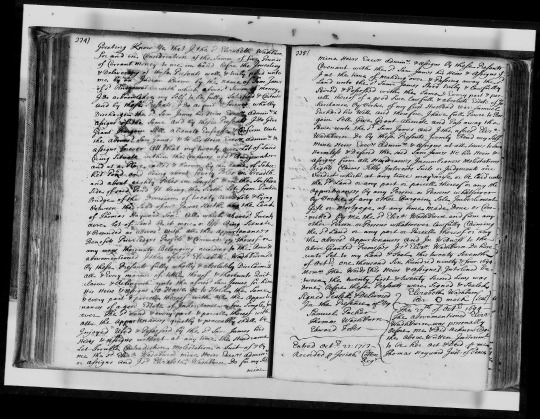
Many years later, in April 1702, Elizabeth, still a “widow,” would sign a document about John Washburn’s heirs, receiving some rights. I came to the conclusion this is her as she is called "Elizabeth Solo" (widow):
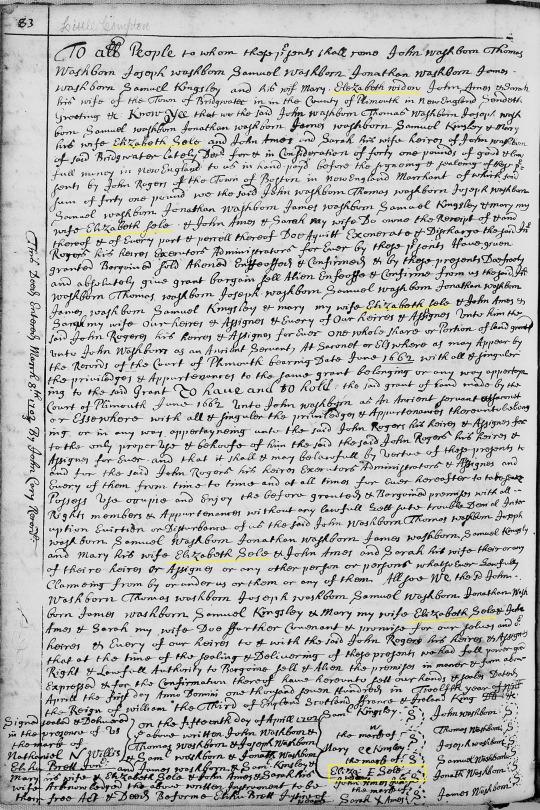
"Massachusetts Land Records, 1620-1986," images, FamilySearch, Bristol, Deeds 1699-1709 vol 3-5, image 304 of 806, page 83, county courthouses and offices, Massachusetts.
That is the last record we have of her. What I have posed here goes far beyond what I wrote in the past. Further recommendations for how I can find more about Elizabeth are appreciated, as I'm planning to focus on later Packard ancestors in the future.
Notes
[1] Last Will and Testament of Samuell Packer, Oct. 29, 1684, Plymouth Colony Records, Wills Vol. 3, Part 2, Plymouth Registry of Deeds, Massachusetts, Plymouth County, Probate Records, Plymouth, p. 96-98, images 585-586 of 616.
[2] "Massachusetts, Plymouth County, Probate Records, 1633-1967," images, FamilySearch, Probate records 1686-1702 and 1849-1867 vol 1-1F, image 49 of 490, pages 84-85; State Archives, Boston.
[3] "Massachusetts, Plymouth County, Probate Records, 1633-1967," images, FamilySearch, Probate records 1686-1702 and 1849-1867 vol 1-1F, image 50 of 490, pages 86; State Archives, Boston.
[4] "Massachusetts Land Records, 1620-1986," images, FamilySearch, Plymouth, Deeds 1712-1714 vol 10, images 183-184 of 651, page 333, 334-5; county courthouses and offices, Massachusetts.
Note: This was originally posted on Dec. 26, 2019 on the main Packed with Packards WordPress blog (it can also be found on the Wayback Machine here). My research is still ongoing, so some conclusions in this piece may change in the future.
© 2019-2022 Burkely Hermann. All rights reserved.
#packards#genealogy#family history#genealogy research#ancestry#lineage#17th century#18th century#norfolk county#wills#probate#england#bridgewater#indigenous people#hingham#massachusetts#plymouth colony
0 notes
Video
Common Chaffinch Norfolk Woodlands.. by Adam Swaine
Via Flickr:
Male chaffinches are colourful birds with an orange-pink breast and cheeks, grey-blue cap and orange-brown back. Females are much duller brown with hints of green and yellow.The Chaffinch is one of the most widespread and common birds in Britain and Ireland. Its patterned feathers help it blend in when feeding on the ground, so it's easiest to see when it flies, as a flash of white on the wings and white outer tail feathers is revealed. It's shy when it comes to bird feeders, preferring to hop about under the bird table or under the hedge. You'll usually hear Chaffinches before you see them, thanks to their loud song and range of calls
#chaffinch#passerine bird#passerines#perching#woodland#norfolk#NORTH NORFOLK#nature lovers#nature#natures finest#nature watcher#nature reserve#Birds#Bird#little birds#garden birds#england#english#english birds#britain#british#british birds#wildlife#walks#RSPB#BTO#counties#countryside#uk#uk counties
21 notes
·
View notes
Text
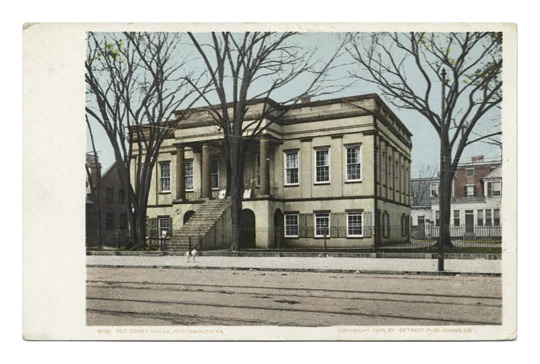
Another posting lapse is underway. I'm headed to my hometown in Virginia for family, food, and my fiftieth high school reunion. I have a great backlog of photos, which will likely only grow while I'm away. Fresh posts resume when I return.
Here's a postcard for you of the old Norfolk County Courthouse in Portsmouth, Virginia. Norfolk County no longer exists – subsumed by surrounding cities – and the courthouse is now repurposed as the city's art and cultural center. It was built in 1846. The circuit court still operated in the building during my high school years; I was a witness at a trial held there in a cramped, airless courtroom. It was a miserable experience that convinced me unequivocally that law school was not an option for me.
The postcard was printed by the Detroit Publishing Co. in 1905. The image is from the digital collections of the New York Public Library.
#away message#vintage postcard#Americana#Norfolk County Courthouse#Portsmouth#Virginia#New York Public Library Digital Collections
47 notes
·
View notes
Text
Currently at a nice garden themed around Norfolk culture. It has signs saying the Norfolk words for things...
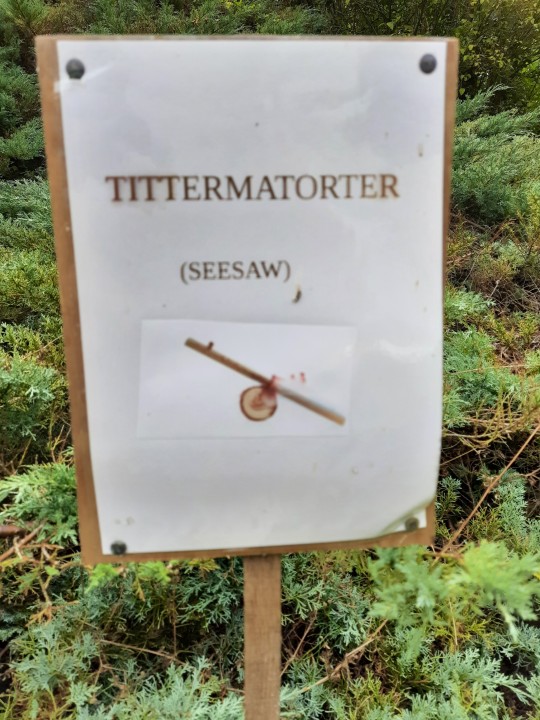
#I have lived in Norfolk all my life#and I have never called a seesaw a tittermatorter#normal county#normal people#definitely not cursed
5 notes
·
View notes
Text

OUT of HOURS service - Clearance & Removal available
#recycling#recycle#charity#evicted#scrap metal#warehouse storage#storage solutions#storage#framingham#suffolk#norfolk#ipswich#norwich#london#essex#essex county#woodbridge#cambridge#house clearance#house removal#land removal#land clearance#storage unit#moving
0 notes
Text
Hertfordshire £6million Boost for EV drivers as chargepoints Delivered across the East of England
Charging electric vehicles is set to get even easier thanks to hundreds of millions of funding made available for the East of England’s local authorities, homeowners and renters today (18 March).
Five local authorities to benefit from funding to boost chargepoint rollout
Funding forms part of £381m dedicated fund to roll out chargepoints throughout the country
EV chargepoint grant expanded to…

View On WordPress
#Bedfordshire#chargepoints#charging points#County Council#Electric Vehicles#Hertfordshire#luton#norfolk#suffolk
0 notes
Video
Merlin by Dave Wong
#Bokeh#Zoo Photography#North America#Nature#Merlin#Bird Photography#Norfolk County#Wildlife Photography#Animals#Canadian Raptor Conservancy#Bird#Ontario#Vittoria#Southern Ontario#America#Raptor#Falcon#Canada#DOF#Depth of Field#Falco#Shallow Depth of Field#Wildlife#pigeon hawk#flickr
5 notes
·
View notes
Photo

“PLAN 11 FARM CAMPS FOR WOMEN WORKERS,” Toronto Star. April 1, 1942. Page 2.
----
First Opens at Jordan, April 7 - 300 to 400 'Day Workers' Needed Near Toronto
----
The Ontario farm service force, organized to make women, girls, boys and aged men available for farm work throughout the province was placed under the administration of the department of agriculture to-day. Previously, it was under the department of labor, although con-mental committee representing the department of agriculture. labor and education. The committee will still function, it was announced by Alex MacLaren, director.
Mr. MacLaren stated that 11 camps to accommodate Women would be opened shortly, but that wide extension of the camp scheme! inaugurated last year would be undertaken. The first camp, accommodating 15 girls, will open at Jordan on April 7. Four days later. high school girls 16 or over will go into camp at Winona. At Jordan, a large fruit farm operator will take 12 girls into a private camp April 7. They are to work from now until fall. The owner has provided accommodation and a cook and the private camp will operate along the same lines as the government sponsored ones.
Between Toronto and Oakville is a special camp for "day by day" workers where volunteers work on the soil when they get time. Three to four hundred women are required at this camp every day. It is in charge of the women's land brigade, Mr. MacLaren said.
"The peak requirements for a land army are reached in August and September. Government agencies are already making arrangements for extra billeting of volunteers besides the accommodation available for 700 in 11 camps on the Niagara peninsula. Essex county. Pelee Island. Collingwood. Norfolk and Port Dover are planned as points where new camps will be opened this year.
#jordan ontario#niagara peninsula#farm camp#farming in canada#farm service force#ontario farm service force#oakville#agricultural workers#farm workers#essex county#pelee island#collingwood#norfolk county#port dover#battle for food#canada during world war 2
0 notes
Text
Dover, Massachusetts' Rakesh Kamal, Teena Kamal, Ariana Kamal found dead by relative
Rakesh Kamal, 57, of Dover, Norfolk County, Massachusetts, United States and his wife Teena Kamal, 54, are of Indian descent. Their daughter Arianna Kamal, 18, attended Middlebury College in Middlebury, Addison County, Vermont, USA.
youtube
View On WordPress
0 notes
Text
The "Hingham Community Band" and Samuel Packard

Recently, the Hingham Heritage Museum wrote about the Hingham Community Band which had prominence in the community in the 20th century. By that time, the Packard family that is covered on this blog was long gone. Undoubtedly there were some Packards remaining. Still, it is worth recounting the story of Samuel Packard in Hingham itself. After all, there is no doubt the Packards are in varied histories and records of Hingham, specifically genealogies and transcriptions of original records. In the Genealogies of Samuel Packard and Abel Packard it was written that
Samuel Packard and his wife and one child came from Windham, near Hingham, Norfolk County, England, to Hingham, in Plymouth colony, in 1638. He removed thence to Bridgewater about 1660. His sons, and probably he himself, were soldiers under Capt. Benjamin Church, in the Indian war with the famous King Philip, in 1675 and 1676. He had six sons and six daughters, viz.: Elizabeth, Samuel Jr., Zaccheus, Thomas, John, Nathanie l, Mary, Hannah, Israel, Jael, Deborah, and Deliverance. All his children Had families. He was appointed to office in Bridgewater in 1664, was licensed to keep an Ordinary in 1670, his will was dated in 1684, and it is supposed he died not long afterwards. His age was probably between seventy and eighty years.
Generally, this has been the accepted narrative. We know that Elizabeth's surname cannot be confirmed, that their marriage date is a guess, and that Samuel Packard died by November 7th, 1684, not that he died on that day. But, the last sentence is the only one that is mostly accurate. Dale Cook adds to this that "the birth date of Samuel is unknown – the date given in that statement is the date of his baptism in Stonham Aspal, which fact was not discovered until about a century after the book was published and is found nowhere in the book" and that the surname of Stream "was an undocumented and unsupported assertion made about a century after the book was published and is found nowhere in the book," adding that this book "leaves out the residence of Samuel Packard and his family in Weymouth." That is all valid, but it seems wrong to completely disregard the book because it does have accurate information about those living at the time that Theophilus Packard would have known when he assembled the book. Otherwise, sure, it is garbage that could be ripped apart into tiny shreds and thrown into a garbage compactor, never to be seen again.
This reminds me of the Packard poem where they say that
The second child, in Hingham born,
Was for father named [Samuel],
And as ensign he held rank
Is by records claimed.
...
The third son, Zaccheus, too we find
In Hingham woods was born,
And doubtless with his father wrought
In raising Indian corn
As I wrote in my family history, the Packards were not only part of a society in Hingham but part of the growing colony in New England.
Note: This was originally posted on November 2, 2018 on the main Packed with Packards WordPress blog (it can also be found on the Wayback Machine here). My research is still ongoing, so some conclusions in this piece may change in the future.
© 2018-2022 Burkely Hermann. All rights reserved.
#hingham#packard#genealogy#family history#genealogy research#lineage#indigenous people#norfolk county#england#stonham#stonham aspal#poems#death#birth#new england
0 notes
Video
RED KITE MILVUS MILVUS - North Norfolk.. by Adam Swaine
Via Flickr:
The red kite is a scavenger bird that was once very rare across the UK and even became extinct in Scotland in the 19th century. Red kites have several characteristics that make them easy to identify. These large birds of prey have a rusty brown body with grey and silver markings on their head. They have long angular wings in the same colour as their body but with darker markings at the tips. When fully extended in flight their wingspan can reach up to a massive 5-6ft depending on the size of the bird. Wings appear to bend backwards in flight and their long tail becomes forked, giving it a triangular appearance.
#red kites#raptors#RSPB#Birds#Bird#birds of prey#england#english#english birds#britain#british#british birds#wildlife#wild#animals#nature lovers#nature#natures finest#nature watcher#norfolk#norfolk villages#NORTH NORFOLK#EAST ANGLIA#ringstead#uk#uk counties#counties#countryside#walks#Adam Swaine
24 notes
·
View notes
Text
Seriously though I've worked in a good number of counties at this point doing this GI schtick and Lincolnshire has a level of NIMBYism that's near toxic
#and this includes fucking norfolk!#probably due to most of the county's land being owned/ruled by a council of farming liches#it'll be reyt. I'll get the last laugh when Lincolnshire is taken by the ocean in 50 years
1 note
·
View note
